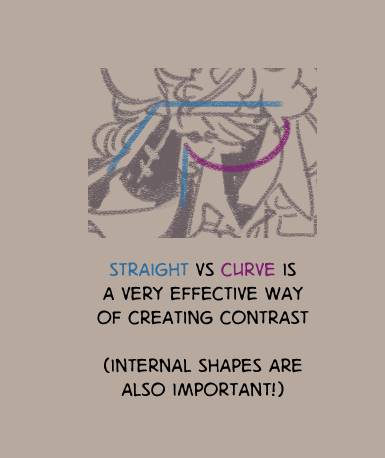A Pose In Motion
My simplest advice in regards to drawing "Dynamic poses" is this—a dynamic pose is one that's in motion.
Dynamic means to be in a state of constant change, and in a static image your best bet for this is to capture a moment between or right before two different states. You want to clearly anticipate some kind of next-moment, to have the viewer be able to imagine where the character will be a split second from now. For example, in the middle of a cartwheel!

gravity and drag are your greatest tools in conveying motion in a static image.

There's enough information here for our minds to process where edel was moments before, and to foresee where edel will go moments from now, thus in our head there's multiple states she could be in, and so the image is dynamic.
Of course, it need not be quite so extreme of a motion, but if you're conveying movement then the pose will be dynamic.
I recommend using live footage as reference instead of working from just photos—a mixture of real time and slow motion would be best! Letting the footage play while you try capturing it is an exercise that teaches you to capture the feeling of the movement, just make sure not to get too bogged down in drawing "correctly" as that'll slow you down. You can always redo and neaten up your favourite sketches later.
You also want to make sure you choose a pose that has a strong, clear, readable silhouette. Silhouettes are important for making things immediately readable at a glance, and the more immediately readable your pose is, the easier it will be for the viewer to imagine what the character will do next. If you can black out the figure entirely in one solid colour and still know what's going on, it's easy to read.
An Interesting Shape
While the question of how to make a pose dynamic and less static comes up a lot, the actual question I think that most people are asking is how to make poses interesting —which is a slightly different topic! A pose can be completely static, and yet still make an interesting image. Tempest isn't going anywhere here, for example:

The key is in the overall shape of the pose—you want to create interesting silhouettes (and as before, ideally, still be able to understand what youre looking at from the silhouette!)

The idea of appealing shape design is something I find incredibly important to learn but particularly hard to teach, because I also believe what constitutes an appealing shape is going to be different for every person, because that's really your voice in art, you know?
But regardless, while I think how you choose to execute it will be down to your personal tastes, the core principle of creating contrast will be universal.
The idea is you're making something interesting to look at, and any way you can create contrasting differences is going to be interesting to look at. Here's my two favourite ways to create contrast in shapes:


An Individual Personality
The final, and for me one of the most important parts of posing characters, is their individuality. Conveying their specific personality in how they hold themselves, what exactly it is they're trying to say in how they present themselves, and then showing that through their body language.
I can draw three women in the same chair, but they won't sit the same way and that's interesting, even while completely static!



These are various established characters from my stories, but even if you're the type to create a character for a single piece you can still ask yourself—who is this person, what do they want to say about themselves? How would they hold themselves to convey that? What do they say unconsciously? And so on and so forth.
Trying to find answers to these questions will lead you to making interesting posing choices!



1 comment
Aida :]